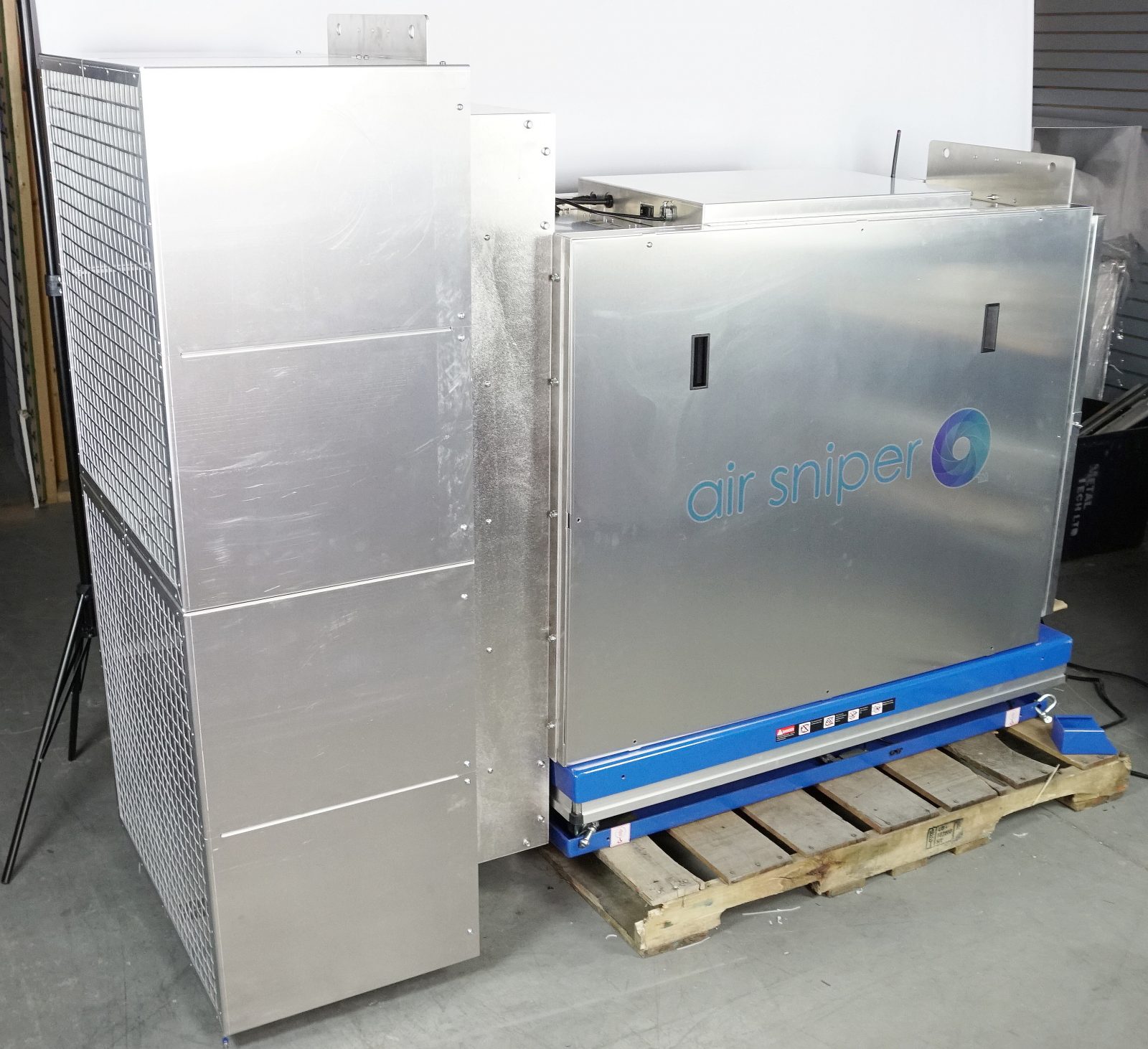If the COVID-19 pandemic has taught us anything at all, it has taught us the importance of protecting our indoor spaces. Many of the actions that even just a year ago felt so alien, like social distancing and masking, have become integrated into our daily lives. For some, this integration is not likely to go anywhere once herd immunization is reached.
Still, the larger societal effects are only one part of the changes that the pandemic has brought to the mainstream. Remote work and the rise of e-commerce are other compelling examples of changes that are unlikely to go anywhere post-pandemic. But, perhaps the most compelling change is the increased focus of the commercial and industrial sectors on UVC air sanitization.
From businesses with showrooms and retail spaces to large-scale manufacturing facilities with hundreds of employees and beyond, there has been a steady surge of interest in alternative methods of air sanitization. And for good reason, of course. Technologies like UVC can help protect workers and customers for long periods of time with minimal maintenance and have proven effective against many airborne contaminants, like aspergillus niger and Sars-Cov-2.
But, not all supplementary air sanitization equipment is made the same, or to the highest standard. Air Sniper products rely on a series of checks and balances to ensure the peak effectiveness of their equipment. These checks and balances come in the form of four variables, namely intensity, proximity, CFM and dwell time. We look at these complementary pairings in more detail below.
Proximity/Intensity
When discussing proximity in UVC technology, we are referring to the distance between UVC bulbs. Each bulb will produce an effective radius of germicidal radiation, so it is important to put them far enough away from one another that they do not needlessly overlap. But, it is equally important to ensure that no empty, unaffected space comes between the bulbs, as this could allow harmful contaminants to slip by without the DNA disruption that characterizes this technology.
Balancing the proximity of the equipment is the intensity of the bulbs. Increasing the intensity can be done by choosing higher-quality bulbs and ensuring the correct overlap of the bulbs. Together, these elements ensure that all living microorganisms are affected by the UVC in a meaningful way.
CFM/Dwell Time
CFM and dwell time are the opposite components of the time spent inside the air sanitization device. The higher the cubic feet per minute (CFM), the faster air moves through the unit. The longer the dwell time, the slower air moves through the unit. Keeping a fine balance of these elements helps ensure that microorganisms and harmful airborne contaminants are kept inside the device long enough to be treated by the UVC germicidal light.

